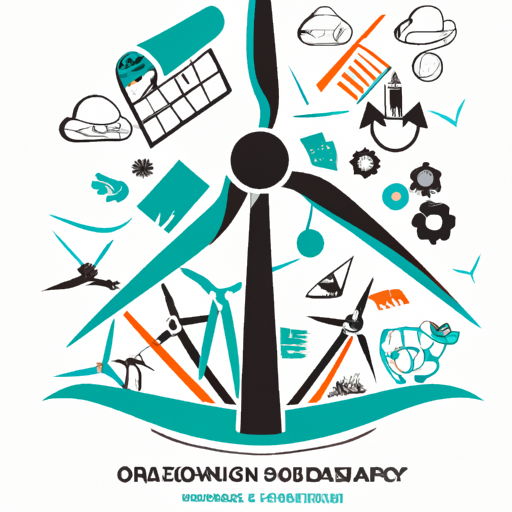By 2050, the Atlantic coast could fulfill about 20% of its regional power needs via offshore wind farms. This has been predicted by the National Renewable Energy Laboratory (NREL), a sector of the U.S. Department of Energy that conducts in-depth studies on the establishment of the upcoming U.S. energy domain.
Role of Offshore Wind Power in the U.S: A Novel Research
As the researchers delved deeper into various possibilities, they discovered how this single renewable energy resource can influence the nation’s goal for power system decarbonization. Not much has been analyzed about the offshore wind power’s role in the United States, as per their findings.
Offshore Wind Electricity: Potential and Predictions
As per the researchers, the future might hold a surprising transformation. By 2050, offshore wind energy could produce as much as 8% of the country’s entire electricity. The installation of these wind farms could range between 30 to 250 gigawatts, relying heavily on the changing factors associated with the power system for the upcoming years.
Exploration on Offshore Wind’s Role
The research, “Expanded modeling scenarios to understand the role of offshore wind in decarbonizing the United States“, is published in the Nature Energy journal. The researchers include Philipp Beiter, Trieu Mai, and Matt Mowers from NREL along with John Bistline from EPRI, an independent nonprofit energy R&D institute. They explore multiple scenarios concerning policy, technology costs, transmission, and site selection. They discovered that offshore wind deployment is likely to happen in situations where there are rigid policies for decarbonization, reduced technology costs, limited sites for onshore renewables, and restricted interregional transmission.
A High Spatial and Temporal Resolution Study
Lead author Beiter mentions that they have given equal weightage to siting options, energy supply, and transmission at a high spatial and temporal resolution. This makes the research more comprehensive, allowing us to trace down multiple decarbonization paths and offshore wind’s future role.
Framing Different Decarbonization Scenarios
The group of researchers took into account multiple conditions, enabling them to observe the increasing number of trade-offs and their severity that emerge with decarbonization scenarios. Their findings illustrate how these limitations influence deployment and lead to varying conclusions.
Uncertainty Surrounding Future Decarbonization Pathways
The researchers emphasized that the future decarbonization pathways remain uncertain. It raises the requirement for more coordination between local, state, and federal authorities concerning power sectors and offshore wind infrastructure planning.
Current Status of Offshore Wind Farms in the U.S
Currently, there are two small offshore wind farms in operation in the United States, located off the coasts of Rhode Island and Virginia. There are many other proposals for the Atlantic and Pacific coasts. It is believed that the first U.S. large-scale offshore wind farm, which has a planned capacity of 800 megawatts, could start producing power as early as this autumn, off the coast of Massachusetts.
Concluding Remarks from the Lead Researcher
While expressing his thoughts, Beiter mentioned that several constraints need to be addressed to avoid any starkly different future for U.S. offshore wind. However, he also expressed that many inherent limitations of energy system modeling still exist and require careful interpretation and presentation.
Funded by the U.S. Department of Energy’s Wind Energy Technologies Office, this research holds vital significance in better understanding the scope of renewable energy sources.
Article reference: NREL
